
Java is a high-level programming language that is both class-based and object-oriented. It was created with the goal of requiring as little of the underlying technology as feasible. Therefore, Java has been among the most productive languages for quite some time.
The impact of Java on the field of computer programming cannot be overstated. This language facilitates the rapid resolution of difficult programming challenges faced by java development companies. Java has also facilitated the creation of new applications and accelerated the release of updated versions. Java, like any other technology, has both pros and cons.

In this article, we’ll go through the main Pros and Cons of Java so that you may get an informed opinion about it.
1. Advantages of Java
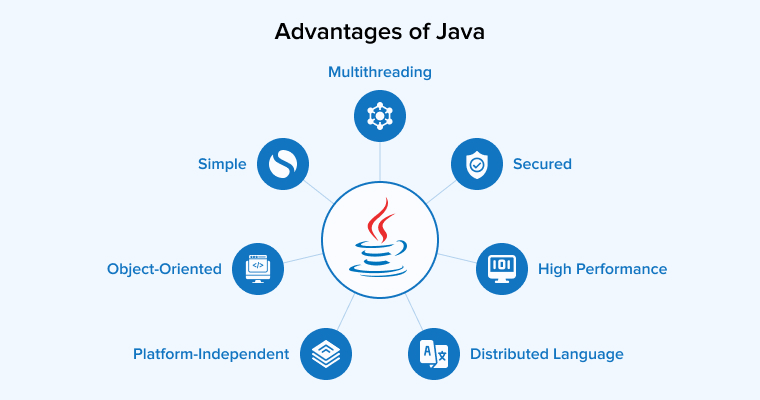
Here is a list of advantages developers can get from using Java programming language.
1.1 Object-Oriented Programming Language
Java is an object-oriented programming language that allows for more adaptability and code reuse. The object may be used in several applications thanks to the OOPs principle.
As an added bonus, it aids in tightening security by consolidating sensitive information and preventing unauthorized access to it. The larger modules can be broken down into more manageable bits for better readability.
1.2 Java is Platform-Independent
Sun Microsystems coined the slogan “Write Once Run Anywhere” (WORA) to characterize the portability of the programming language Java. This allowed Java applications developed on one platform—say, Windows—to be compiled to bytecode and then executed on any system with a JVM. A Java Virtual Machine (JVM) acts as an intermediary here between software and hardware.
The Java Virtual Machine (JVM) is compatible with Windows, Mac OS X, and Linux. And unless your app makes extensive use of platform-specific functionality and user interface elements, you can probably share a good portion of your bytecode.
1.3 Java is Simple
If language is simple because it is straightforward to pick up and get by with minimal effort, then it fits into the description. Java is a simple programming language, which makes the language simple to create, understand, maintain, comprehend, and debug.
Java is simpler than native programming languages like C and C++ as many of the C and C++ functions, like the unambiguous pointers concept, data classes, operator overloading, and many more, have been eliminated.
1.4 Multithreading
Assuming your software was developed to take benefit of this, modern computers employ multithreaded CPUs to perform several operations in parallel. Because Java is a multithreaded language, it’s possible to create programs that run numerous tasks in parallel, which increases productivity.
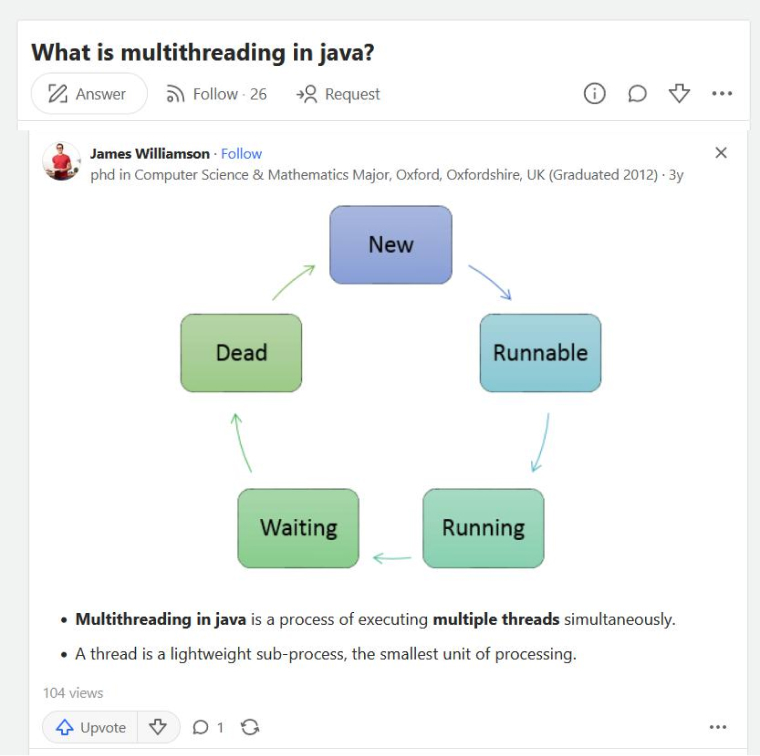
1.5 Secured
Java’s avoidance of explicit pointers is one way it improves security. A pointer holds the location of another item in memory, which may be utilized for accessing the memory of another process.
The elimination of pointers is the solution to this problem. Additionally, we may set access restrictions for classes using Java’s Security Manager, which is specific for every application.
1.6 High-Level Programming Language
Java is a high-level programming language like a human language because it can be easily understood by humans. Its syntax is comparable to C++ but easier and it has a natural, human-like feel and is easy to keep up with.
1.7 Distributed Language
Java is a distributed computing language because it facilitates the exchange of information and the execution of shared programs over a network of computers.
Java’s RMI (Remote Method Invocation) allows for programmatic access to remote methods. To further facilitate object sharing in a distributed setting, Java also provides support for Socket Programming and CORBA technologies.
2. Disadvantages of Java
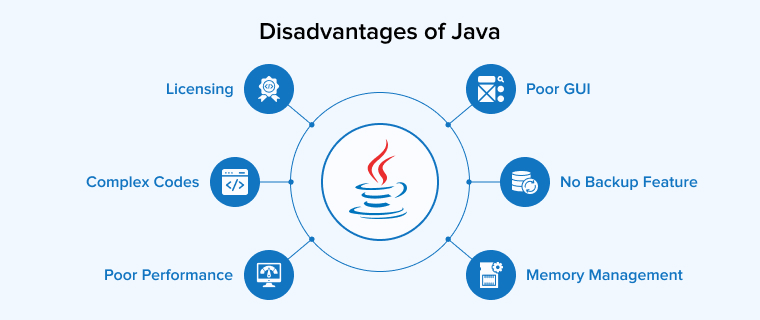
With the best advantages, Java has some downsides also, which developers should consider before using Java.
2.1 Slow and Poor Performance
The virtual machine’s translation and representation level will cause poor outcomes for any high-level language. However, this is not the only explanation for Java’s supposedly slow performance. Take the trash collector, a convenient feature that, if it consumes more than 20% of the CPU, might cause serious performance issues. Excessive consumption of memory and trash collection can also be caused by improperly configured caching.
Additionally, there are Out-of-Memory errors, which are every Java programmer’s worst fear, and thread deadlocks, which occur when several threads attempt to get hold of the same resource. Although these issues are all preventable with forethought, they can build up to varying degrees of harm.
2.2 Poor GUI
Even while Java has various GUI builders for making graphical user interfaces, they aren’t all great for making complex UI. Their use is fraught with contradictions.
Popular Java frameworks for developing user interfaces include Swing, SWT, JavaFX, and JSF. Unfortunately, they are still too young to design an advanced user interface. More investigation may be necessary to determine which of these options is best for you.
2.3 Memory Management
Java’s incorporated memory management features streamline the programming process. Garbage collection processes are effective, but they lack the precision and efficiency of human Laboure. Java applications, as a consequence, are notorious for being less efficient and being heavy on memory.

2.4 No Backup Feature
Java’s primary function is storage, not data backup. Users’ interest and satisfaction plummet as a result of this big flaw.
2.5 Verbose and Complex Codes
The code is verbose if it contains an excessive number of words. Long, convoluted statements may appear helpful while learning a new language, but they reduce code’s readability and scannability. Many advanced languages create too much of a racket in an attempt to sound like English.
Java, designed to be more comprehensible than C++, suffers from being less compact since programmers must write precisely what they intend.
2.6 Licensing
Java SE 8 “business, commercial, or production” use was going to be subject to a fee beginning in 2019, according to an announcement by Oracle. You must pay either per user or per processor to receive all versions and bug fixes.
The most up-to-date version of Java can be downloaded and redistributed without cost for use in any computing environment. Each business must assess its reliance on Java in light of the impending price increase and make preparations to switch to another technology if necessary.
3. Where is Java Used?
Below are the different uses of Java that makes it perfect choice among developers.
3.1 Android Apps
Java continues to be the standard programming language for Android apps, which automatically converts a large group of Java developers into Android developers, amid Kotlin’s aggressive rise. Although the Android SDK is used in place of the JDK, Java is still used for coding.
Further Reading on: Java vs Kotlin: A Detailed Comparison Guide
3.2 Internet of Things
Java’s platform independence makes it an ideal language for IoT development. Once you’ve written your program in it, it may be executed on any number of connected devices.
3.3 Desktop Apps
Another set of Java-based frameworks (Griffon, JavaFX, Swing, AWT) is fine-tuned to make UI development a breeze since UI is crucial for tree-based or 3D visual programs. Applications like Acrobat Reader and ThinkFree demonstrate this type of Java application well.
3.4 Big Data
Hadoop is one of the Java programs. The JVM is used by Scala, Kafka, and Spark. In addition, Java provides a wealth of pre-existing resources including libraries, debuggers, and management tools.
3.5 Gaming Consoles
C# and C++ are used by a lot of gaming engines. Newcomers that are interested in learning game and graphics creation from the ground up, however, should start with Java. In particular when one considers the many pre-existing frameworks and libraries (OpenGL, LibGDX, and others) that Java provides for this same reason.
4. Conclusion
In this post, we analyzed the key pros and cons of Java programming language. Thousands of professionals still use Java despite its flaws. The reason is its many benefits. The facts don’t lie: 25 years after its first introduction, Java is still among the other programming languages available.
Because of its security, maintenance, and stability, Java remains a popular choice for numerous initiatives and is a sought-after skill by many enterprises.



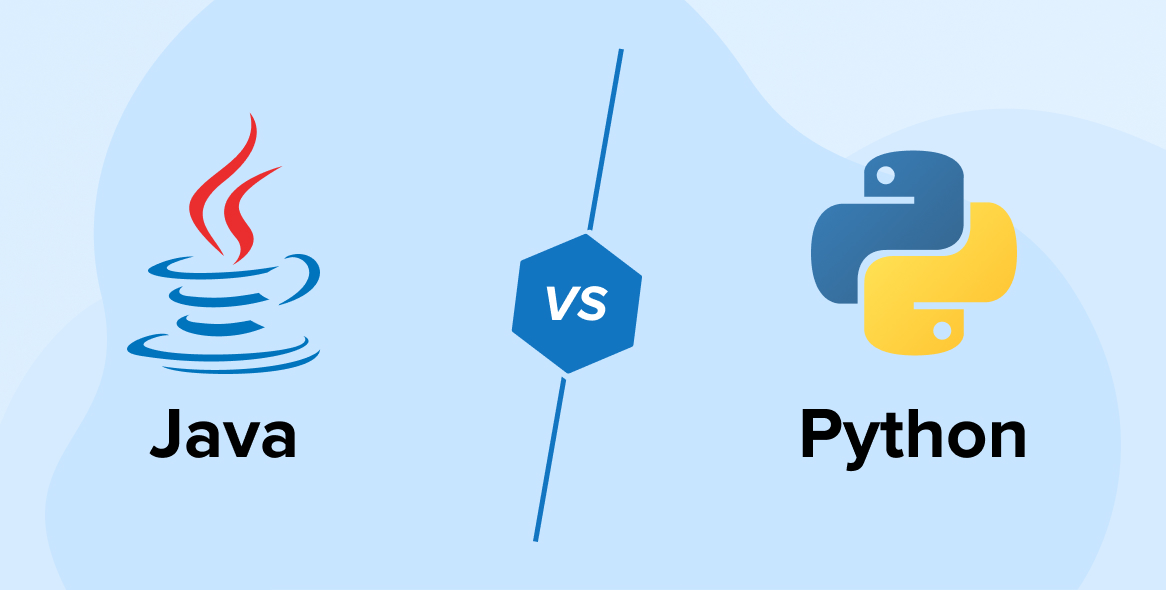
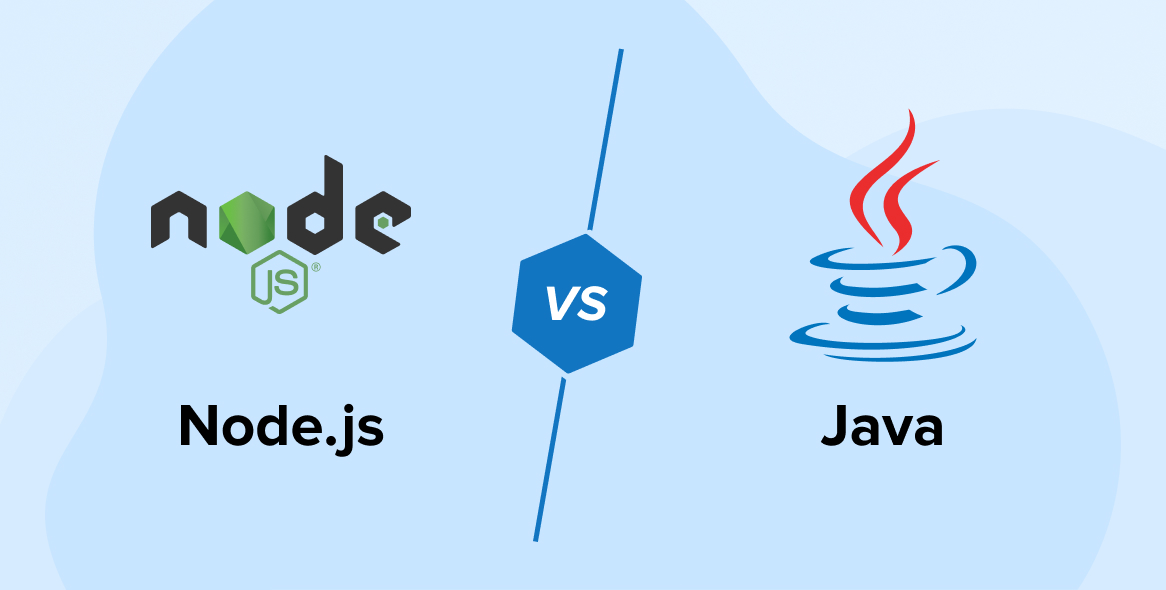

This is a well-structured article that clearly outlines the pros and cons of Java. It highlights Java's strengths like security, platform independence, Distributed Language and object-oriented features, while also describing its drawbacks such as Memory Management, verbosity and performance problems.